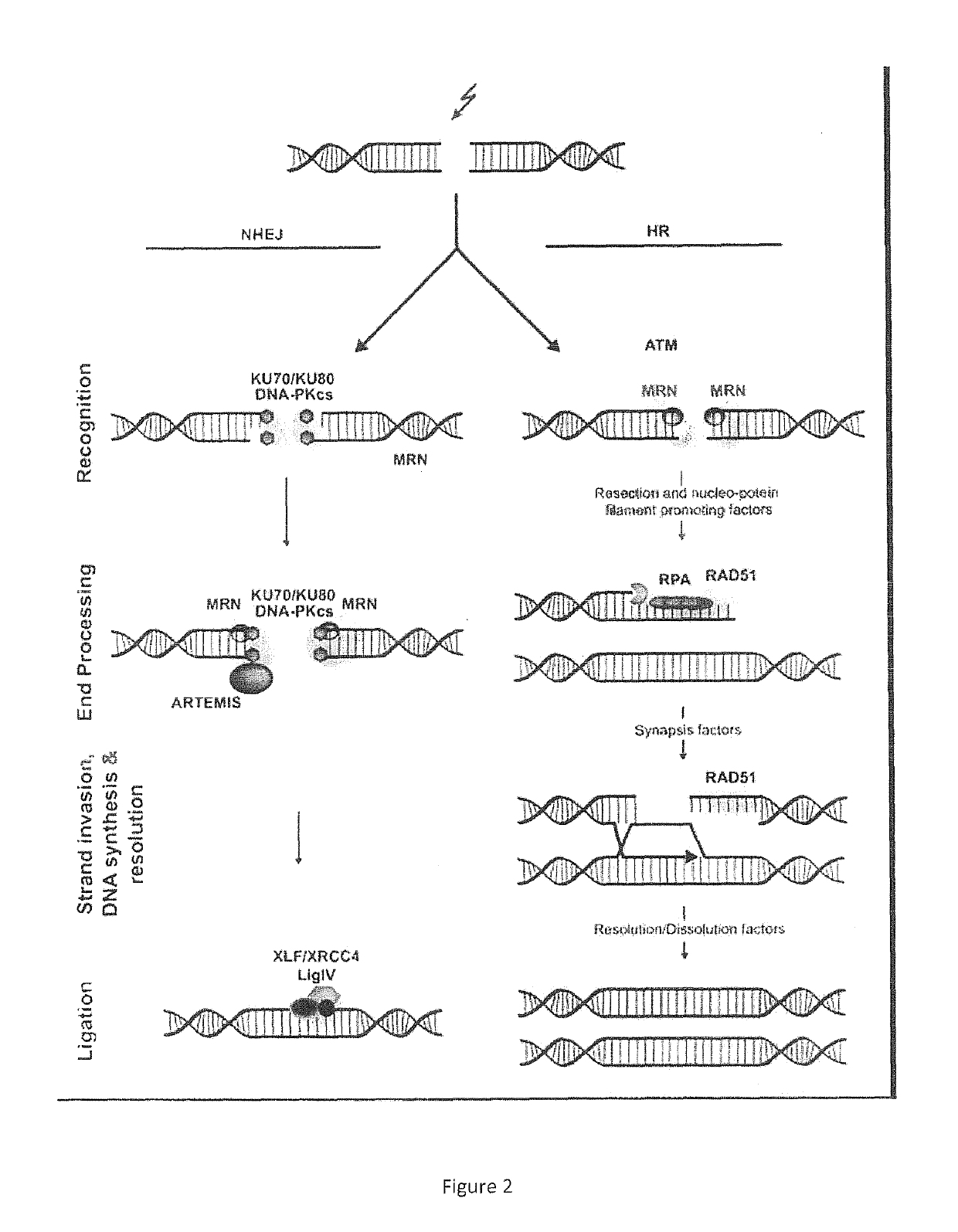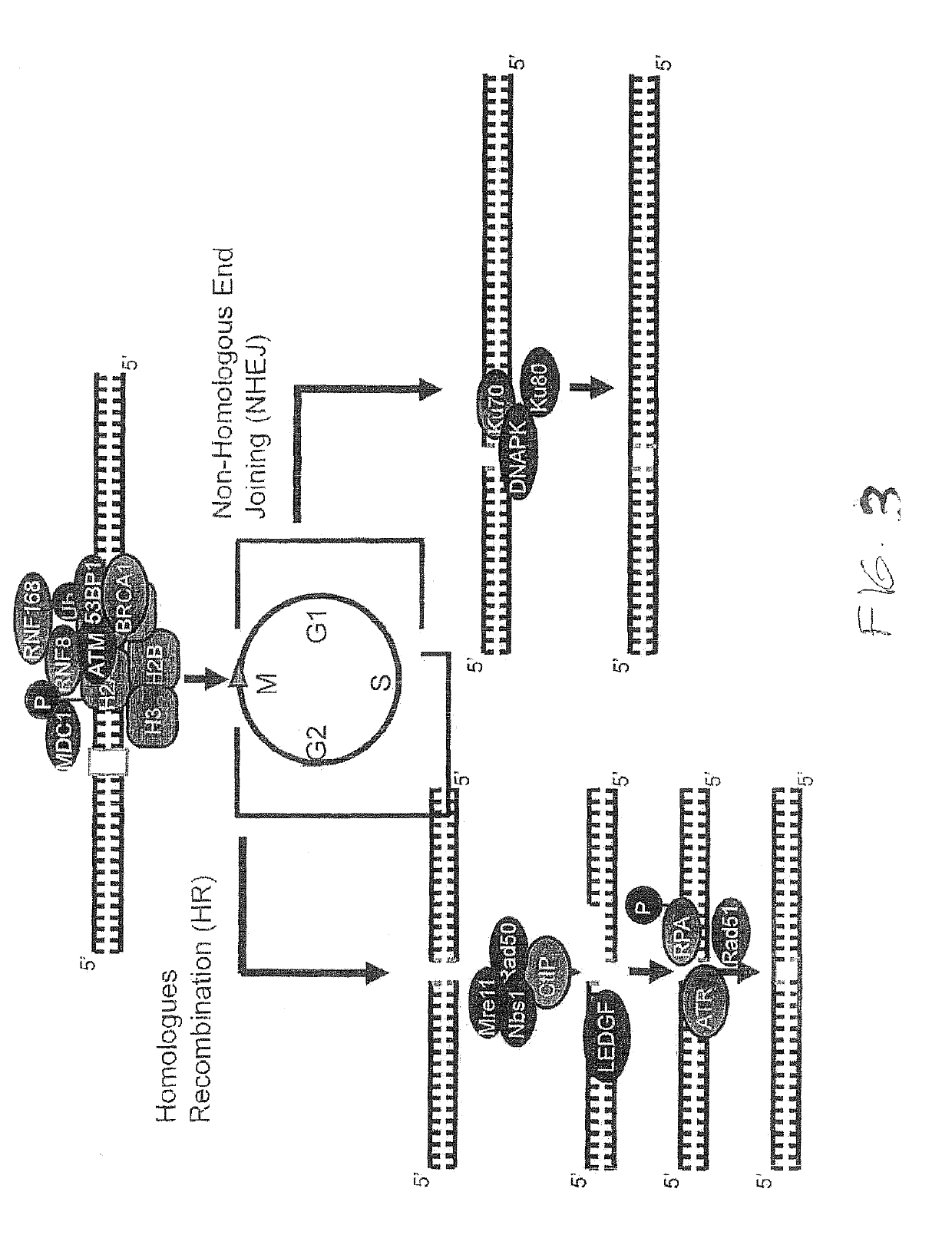Use of dianhydrogalactitol and derivatives thereof in the treatment of glioblastoma, lung cancer, and ovarian cancer
a technology of dianhydrogalactitol and derivatives, which is applied in the direction of pharmaceutical active ingredients, organic active ingredients, drug compositions, etc., can solve the problems of inability to meet preclinical testing and federal regulatory requirements for clinical evaluation, failure or disappointment of compounds that have successfully met preclinical testing and clinical evaluation requirements, and chemical agents where in vitro and in vivo, so as to prevent or inhibit dna repair, improve survival, and free of side effects
- Summary
- Abstract
- Description
- Claims
- Application Information
AI Technical Summary
Benefits of technology
Problems solved by technology
Method used
Image
Examples
example
[1551]Dianhydrogalactitol (VAL-083) is a bi-functional alkylating agent causing N7-guanine methylation and interstrand DNA crosslinks. Preclinical and clinical trial data suggest antineoplastic effect of VAL-083 in various cancers. However, the detailed molecular mechanisms mediating VAL-083 sensitivity or resistance in cancer is still unclear. The results of this Example are intended to investigate the signaling events responsible for VAL-083 activity against cancer.
[1552]Nine cancer cell lines were evaluated by cell proliferation assay for VAL-083 sensitivity. Relatively resistant cell lines (PC3 and H2122) and relatively sensitive cells (LNCaP and H1792) were chosen to investigate DNA damage response induced by VAL-083. VAL-083 treatment led to cell cycle arrest at S and G2 phase. The data also showed increased phosphorylation of histone variant H2A.X (γH2A.X) due to DNA damage response to VAL-083-induced double strand breaks. Alterations in DNA damage repair signaling pathways m...
PUM
| Property | Measurement | Unit |
|---|---|---|
| median survival time | aaaaa | aaaaa |
| median survival time | aaaaa | aaaaa |
| median survival time | aaaaa | aaaaa |
Abstract
Description
Claims
Application Information
 Login to View More
Login to View More - R&D
- Intellectual Property
- Life Sciences
- Materials
- Tech Scout
- Unparalleled Data Quality
- Higher Quality Content
- 60% Fewer Hallucinations
Browse by: Latest US Patents, China's latest patents, Technical Efficacy Thesaurus, Application Domain, Technology Topic, Popular Technical Reports.
© 2025 PatSnap. All rights reserved.Legal|Privacy policy|Modern Slavery Act Transparency Statement|Sitemap|About US| Contact US: help@patsnap.com



